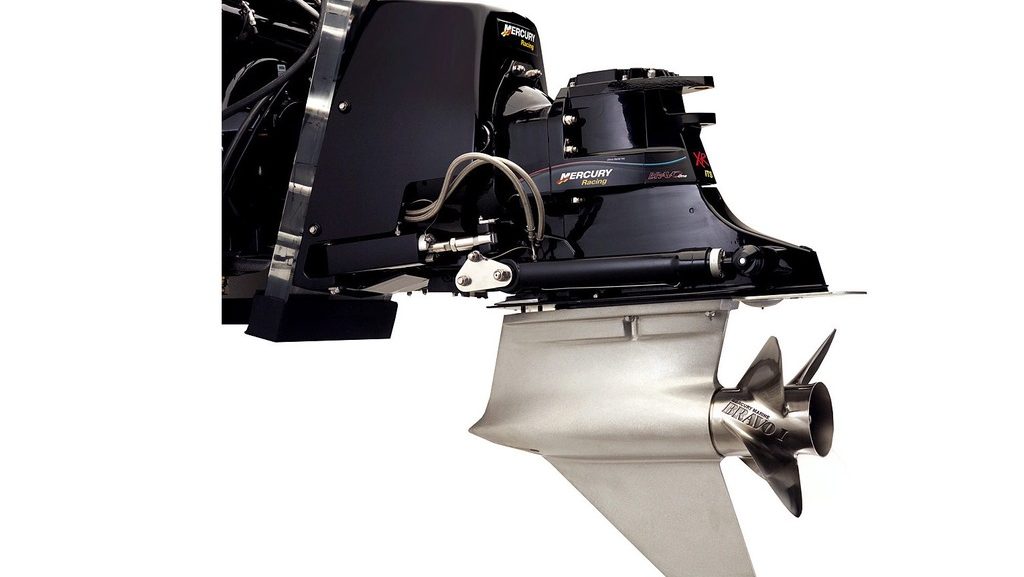When boats are left in the water for extended periods of time or are permanently moored, submerged metal parts (sterndrives, propellers, rudder and shafts) are subject to two different types of corrosion: galvanic corrosion (also known as “natural” corrosion) and electrolytic or stray current corrosion, which is generally caused by leakage from an internal or external electric current. In both cases, water is the conductive medium. The dissimilar metal alloys on the boat can be affected by corrosion relatively quickly depending on which protective elements are already in place. This article briefly explains galvanic corrosion and the preventive measures that can reduce its effects on outboard motors and sterndrives.
Electrolysis and galvanic corrosion
When two dissimilar metals are in contact with each other and are immersed in a conductive medium (electrolyte), a direct electrical current is created, much like a battery, causing galvanic corrosion. This electric current causes ions to be transferred from one metal to the other. Metals are classified according to a galvanic corrosion chart, with the corrosion potential expressed in millivolts (mV). Less noble and very electronegative metals such as zinc, aluminum or magnesium act as anodes and thus deteriorate when placed near lead, bronze or stainless steel which act as cathodes. In a document published by Galvatest, Cathodic Protection of Pleasure Boats, the author explains that “the more electronegative potential metals deteriorate in preference to the more electropositive ones.” It is therefore a question of different potentials or differential voltage between the metals.
Thus, the submerged metal parts of a boat kept in the water for a whole season can be affected by this electrolysis phenomenon. This is the case, for example, of a sterndrive (aluminum alloy) connected to a stainless steel propeller: the unprotected sterndrive acts as an anode while the stainless steel propeller acts as a cathode. Corrosion begins with paint blistering on the edges and the formation of a powdery substance on the surface of the sterndrive. In the long run, galvanic corrosion damages the structure of the unprotected sterndrive.
Preventive measures
To protect against galvanic corrosion, a less noble metal such as zinc, aluminum or magnesium must be placed near interconnected metal parts. This metal, called a sacrificial anode, will dissolve in lieu of the major sterndrive parts that have now become cathodic.
There are hundreds of anodes available on the market; they come in various sizes and serve different purposes. To properly protect your boat, know which size to use and where to place the anodes by referring to the engine or boat’s owner’s manual. A boat dealer can also provide information on anodes and will carry replacement kits for sterndrive manufacturers such as Volvo or Mercury. You can also purchase anodes of different sizes and install these on trim tabs, shafts, rudders and any other location to ensure the cathodic protection of your boat.
Anode types and their lifespan
The type of sacrificial anode to install will depend on where you drop anchor. For example, aluminum (Al) anodes can be used in either salt or fresh water. They are light but wear out quickly – particularly in salt water, which is more conductive. Zinc (Zn) anodes are recommended for salt or brackish water. Finally, magnesium (Mg) anodes are more expensive and are only efficient in fresh water.
If you’re planning on mooring your boat for an entire season, take this opportunity to replace the anodes. Note that, in some rare cases, anodes may need to be replaced more than once a season: for example, if your boat is exposed to electric current leakages (stray current corrosion) stemming from shore power hookups, internal leakage or electric leakage from a boat docked nearby. As a general rule, replace anodes when they are 50% consumed.

